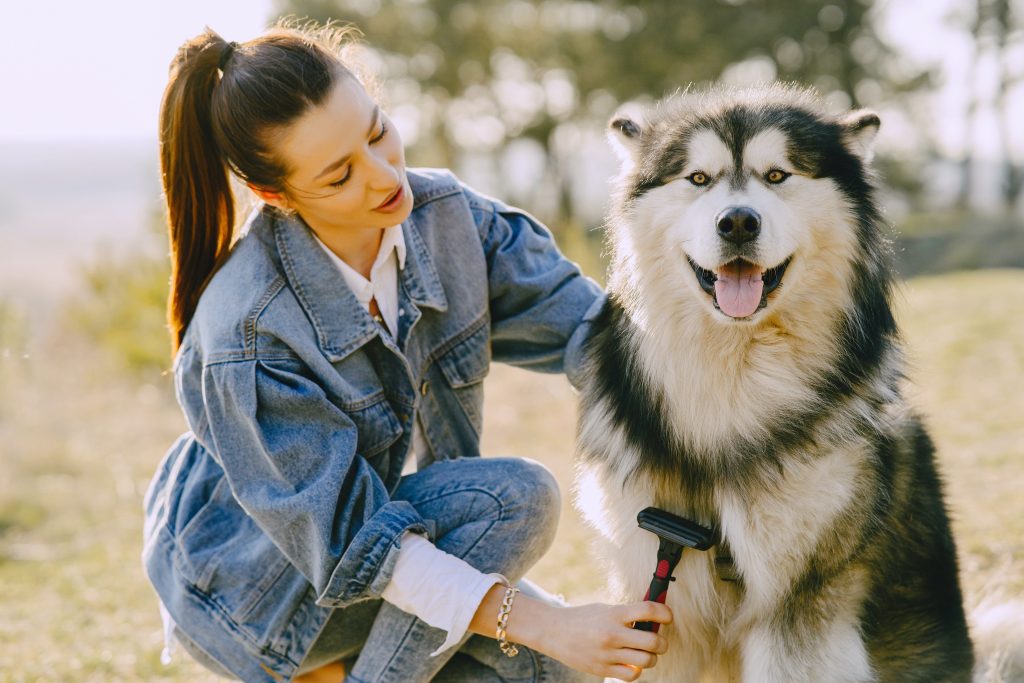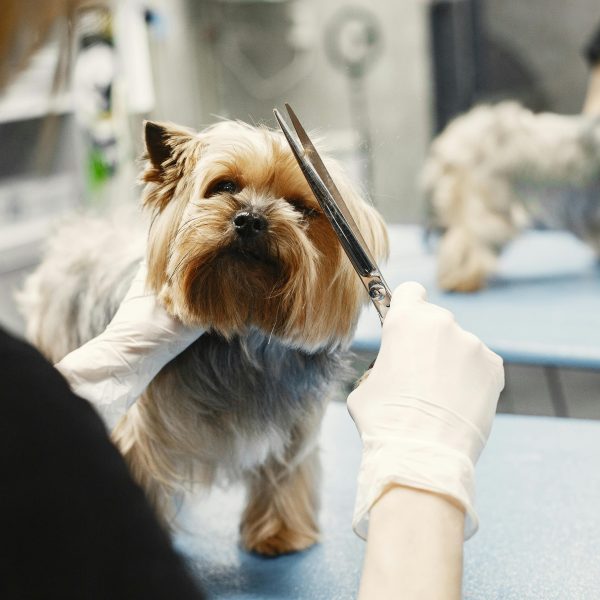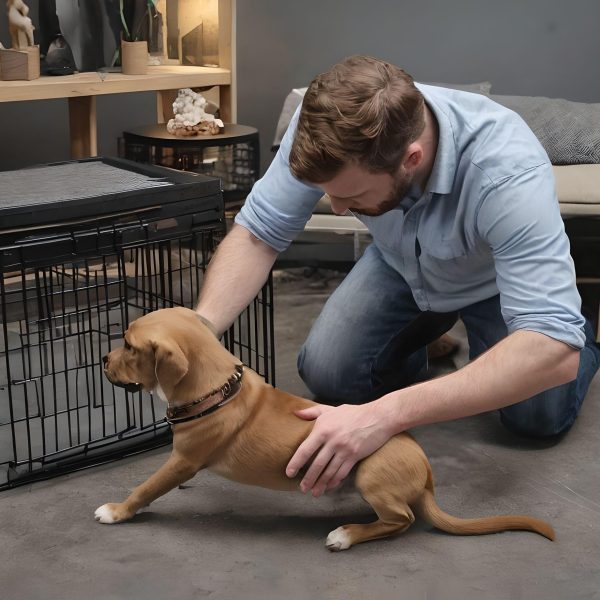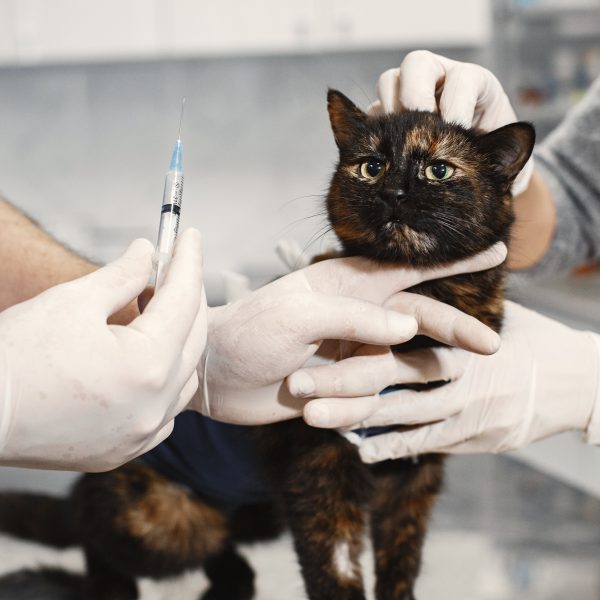Being a pet owner involves various responsibilities, and one essential aspect is taking care of your furry friend’s coat. Regular brushing not only helps them look neat and tidy but also plays a vital role in their overall health and well-being. In this grooming guide, we will explore specific brushing techniques tailored for various coat types, providing pet owners with the knowledge necessary to keep their companions looking and feeling their best.
Short Coats:
Pets with short coats, such as Beagles, Dachshunds, and Bulldogs, benefit from brushing to minimize shedding and maintain a smooth appearance. Use a brush or a grooming mitt to remove hair and evenly distribute natural oils across the coat. When brushing, follow the direction of hair growth to avoid discomfort or irritation. Establishing a regular brushing routine is recommended for coated breeds to promote healthy coats and reduce loose hair around your home.
Medium Coats:
Breeds like Golden Retrievers, Cocker Spaniels, and Australian Shepherds have medium-length coats that require attention. A slicker brush or a combination brush with both bristles and pins works well for these types of coats. Start by untangling any knots or mats, beginning from the ends and working towards the scalp. Brush your pet’s coat two to three times a week to prevent matting, reduce shedding, and keep the fur shiny and healthy.
Long Coats:
For breeds with long coats like Afghan Hounds, Shih Tzus, and Persian cats, dedicated grooming is crucial to maintaining their beautiful fur. Use a toothed comb to remove tangles and mats, followed by a slicker brush or a pin brush to get rid of hair and evenly distribute oils. Pay special attention to areas prone to tangling, such as behind the ears and under the legs. Regular brushing helps avoid matting and reduces the likelihood of skin problems.
Wavy Fur:
Pets with wavy fur, like Poodles, Bichon Frises, or Portuguese Water Dogs, require specific brushing techniques. Use a slicker brush or a comb designed for their coat type to prevent matting and remove hair. Regular trimming is essential for keeping these coats in optimal condition. Brush them three times a week to maintain their curls or waves while preventing tangling. Consider using a spray if needed for more comfortable brushing sessions.
Undercoat Maintenance:
Breeds like Siberian Huskies, German Shepherds, and Samoyeds have a coat consisting of an undercoat beneath their longer guard hairs. To keep their coat healthy, use a rake or deshedding tool to remove loose undercoat hair. Follow up with a slicker brush to get rid of any remaining hair and distribute oils. Regular brushing is crucial, especially during shedding seasons, as it helps manage shedding and prevents the undercoat from getting tangled.
Remember, brushing your pet is not just about appearance; it plays a vital role in their overall health and happiness. Understanding the needs of your pet’s coat type is essential for proper grooming. Whether your companion has a long, curly, or double coat, using the right brushing techniques will help maintain their coat in optimal condition, reduce shedding, and foster a strong bond between you and your furry friend. Make grooming sessions enjoyable for them by employing the right tools and techniques while reaping the benefits of a maintained and healthy coat.








